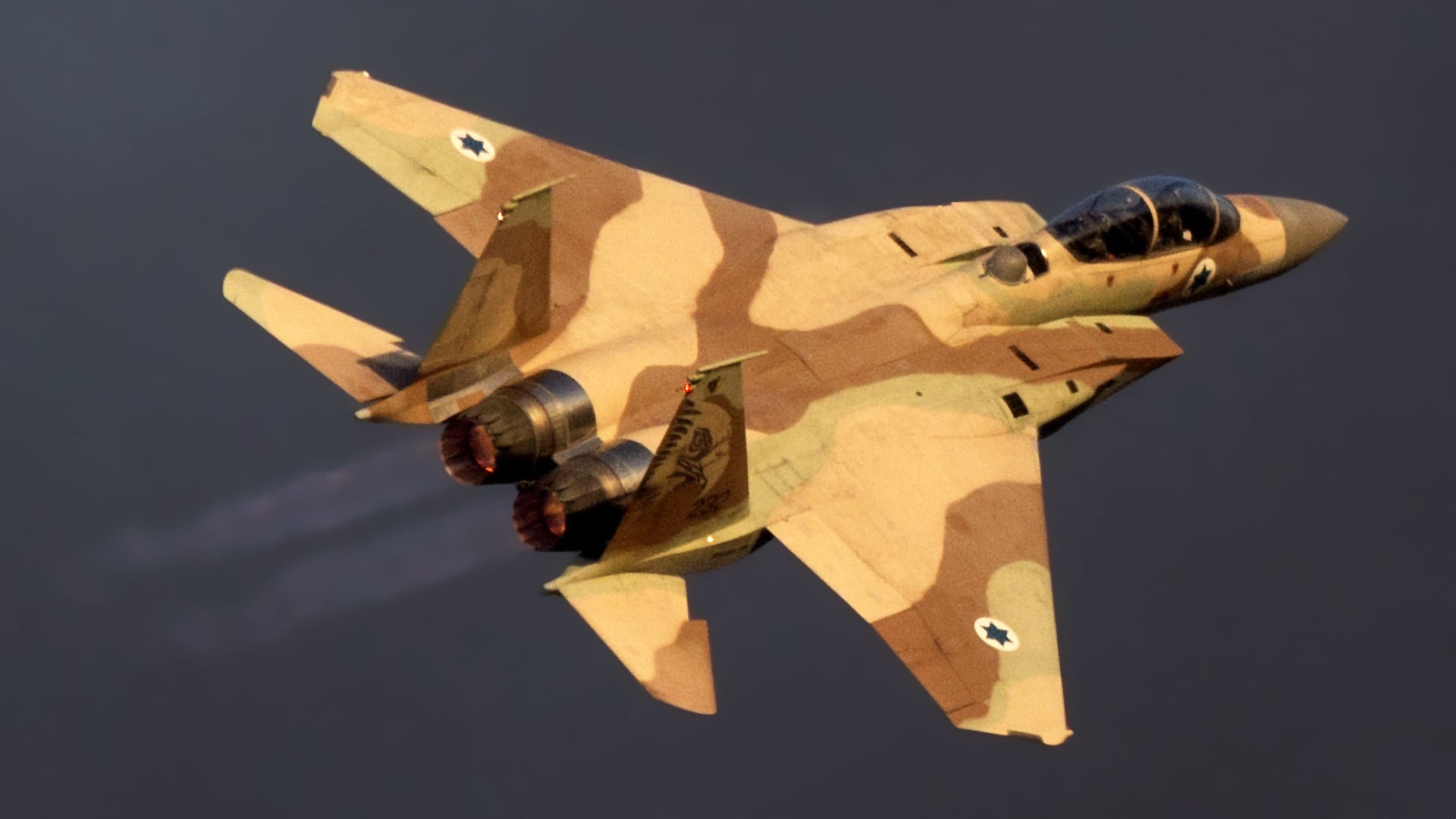Reports state that an Israeli aircraft was on a “routine reconnaissance mission” over Lebanon when a Syrian SA-5 “Gammon” surface-to-air missile site fired on the aircraft from across the Lebanese-Syrian border. The missile didn’t hit its mark and the SA-5 site was subsequently destroyed by IAF aircraft. Israel has made it clear that it will do whatever necessary to protect their aircrews, but also said it had no intention of further escalating the situation.
Benjamin Netanyahu stated the following after the incident:
“Today they attempted to hit our planes… If anyone attempts to harm us, we will harm them back.”
Unsurprisingly, the government of Bashar al Assad in Syria had a different take on the incident, claiming their SA-5 (also referred to as the S-200) missile struck the Israeli Air Force aircraft and that Israel’s reprisal attack only did “minor damage” to their SAM site. They also warned of “dangerous consequences” for such acts in the future, which is not surprising because they have also threatened to rain Scud missiles down on Israeli ports and other facilities if Israeli airstrikes within their country continue.
We have reported on Israel’s steady stream of airstrikes in Syria, which have largely been targeted at shipments of advanced weaponry to Iranian-backed Hezbollah fighters. At first the incursions into Syrian airspace were not officially talked about by Israeli Defense Forces officials or by Israel’s political leadership, but over the years the strikes have become more freely disclosed. The head of the Israeli Air Force talked about them candidly shortly after entering into retirement this summer, stating “we prevented going to war” in a must read interview.
This isn’t the first time a Syrian SA-5 took a pot shot at an IAF aircraft. Last March an SA-5 was shot towards Israeli fighters exfiltrating from Syrian airspace following an air strike on a weapons transfer site. The missile was engaged by an Israeli Arrow anti-ballistic missile interceptor. We detailed the encounter here. What followed was an increasingly bellicose string of rhetoric between the Assad regime and the Israeli government, with Israeli Defense Forces making it clear that they would dismantle Syria’s air defense network “without thinking twice.” It turns out that the same SA-5 site that fired on IAF fighters last March was the one that attacked the Israeli aircraft today, and was subsequently destroyed.

It isn’t exactly clear where the offending SA-5 battery was located, although most reports state that it was housed roughly 30 miles east of the Syrian capital of Damascus. This would put it 50 miles from the Syria-Lebanon border, which is well within the potential range of the Soviet-era long-range SA-5. Considering most reports state the IAF jets attacked the site with four bombs, the fighters likely ventured deep into Syrian airspace to execute the retaliatory strike, if not coming within very close range of the SAM site itself.
It is unclear what type of aircraft was fired upon when it was on a reconnaissance mission over Lebanon, but everything from high-flying Gulfstream jets to F-15Cs with large reconnaissance pods are known to be active intelligence collectors. Even the IAF’s high-end fighters’ basic electronic warfare and electronic support measures suites are capable of gathering critical intel on the enemy’s electronic order of battle, with the country’s new F-35Is being especially well suited for such a task.
Regardless of the type of aircraft doing the snooping, it was most certainly not alone. The IAF would have sent it with a package of fighters prepared to respond to exactly this kind of scenario, as well as other potential contingencies. Reports state that Israel warned Russia of its reprisal before executing the attack, but that could have occurred in a matter of minutes, meaning the same fighters already in the air could have struck the SA-5 site “on the fly.”
The tit-for-tat incident came just a matter of hours before Sergei Shoigu, Russia’s Defense Minister and vacation buddy of Vladimir Putin, was due to arrive in Tel Aviv for meetings with Avigor Liberman, Israel’s defense minister. Israeli Defense Forces spokesman Lt. Col. Jonathan Conricus told reporters that Shoigu will “get a full briefing on the matter.”

The development is especially troublesome as it has been known that Russia and Syria have merged their air defense networks, and in doing so, the Syrians could benefit from Russia’s more advanced aerial surveillance technology—a capability that could have been leveraged for long-range targeting of the SA-5 missile. Also, there is always a possibility that a Russian technician or advisor could be at a Syrian SAM site when it is attacked. Israel giving Russia early warning of the impending attack likely led to the site being totally evacuated by all personnel, including Syrian operators.
We will have to wait and see if anything big comes out of the high level meetings between the Israeli and Russian Ministers of Defense, but one thing is certain—Israel is not willing to curtail its sorties in and around Syrian airspace, but the fact that they have struck an air defense site belonging to Russia’s closest ally in the region may change the nature and risk of future missions, as well as put stress on Russian-Israeli relations.
Oh and as a side note, today is supposedly “air defense” day in Syria. Whether this could have factored into the cross-border shot taken at the Israeli surveillance aircraft remains unclear.
Here’s a video from state ran SANA news agency celebrating “air defense day” in Syria:

Contact the author: Tyler@thedrive.com
